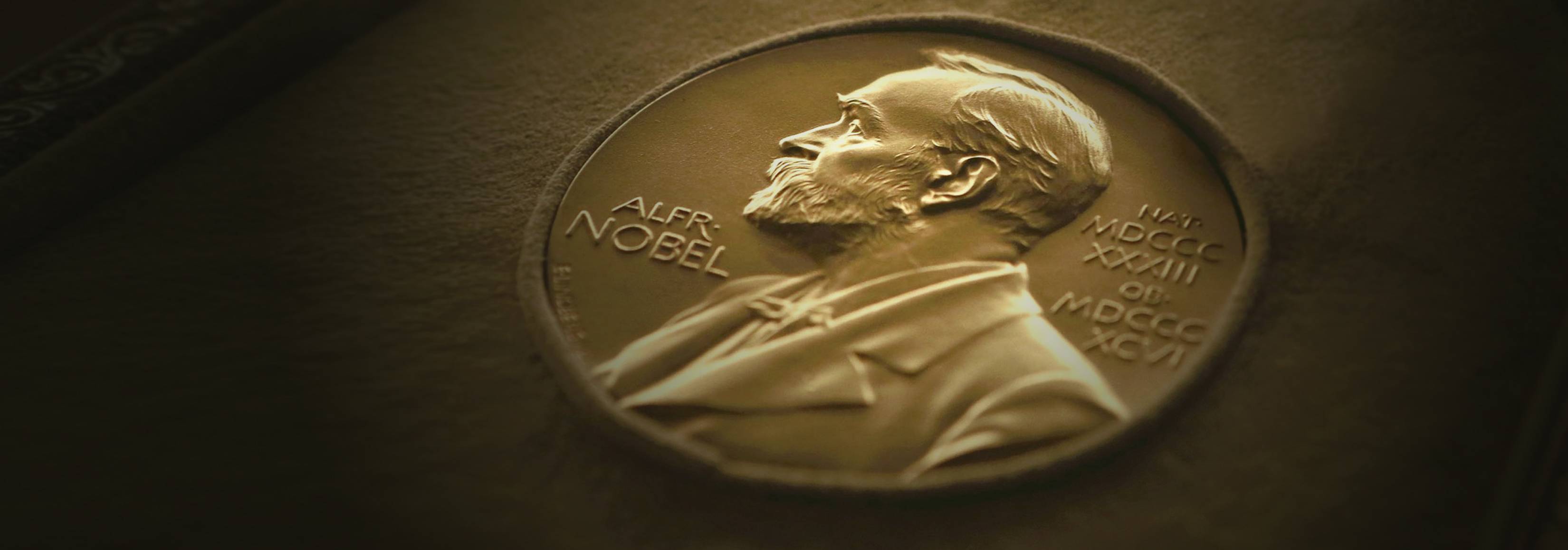The adage that the cure is sometimes worse than the disease is especially evident in the operating room. Although the last 100 years have seen tremendous advancements in the field of surgery, few would have been possible without the contributions of Alexis Carrel, a member of Rockefeller University’s first generation of scientists. Dr. Carrel, who pioneered methods of suture and transplant that changed surgery from a high-risk gamble into a tool with far-reaching potential to save lives, earned the 1912 Nobel Prize for Physiology or Medicine.
Like other medical practitioners of his time, Dr. Carrel was occupied with finding a new method of closing a wound in a blood vessel without interrupting the circulation of blood through the body. Methods in common practice at the close of the 19th century, when Dr. Carrel began practicing medicine, include rough sutures and the use of tubes of bone, absorbable metal, silver or gold that were either inserted inside or fitted around the damaged artery to serve as a plate of armor. Results from such methods were highly uncertain and gangrene was a common outcome.
Having grown up watching his mother, a professional embroiderer, Dr. Carrel realized the method of suture might be made vastly more precise through the use of tiny needles and very fine thread, and after studying with one of the finest embroiderers in Lyons, France, in the mid 1890s, Dr. Carrel was skilled in creating stitches so small that they were invisible on both sides of a sheet of paper. He began experimenting on animals while working at the University of Lyons and in 1902 published the technique of vessel anastomosis now known as Carrel’s seam. The method, in which a surgeon places retaining stitches in the edge of a cut artery in order to enlarge the opening, turn it back like a cuff and hold it taught, allows the two ends of the vessel to be sewn together edge-to-edge without exposing the circulating blood to external infectious agents. The technique proved highly effective at preventing all the major problems with suture: hemorrhage, thrombosis, embolism and stricture.
After joining The Rockefeller Institute for Medical Research in 1906 Dr. Carrel continued to experiment. He perfected the suture of not only large blood vessels but those under a millimeter in diameter; he replaced sections of artery with sections of vein, pieces of sclerotic membranes and even tubes of rubber; he succeeded in transplanting whole organs to other parts in the same animal and from one animal to another; and he devised new and better methods of preserving tissues and organs during these procedures. Dr. Carrel’s techniques proved reliably effective through countless repeated trials carried out by him and by others in many countries, and his animal subjects usually continued healthy lives for several years following the operations.
By the time of his Nobel Prize presentation in 1912, Dr. Carrel’s suture was being widely used on human patients. Dr. Carrel’s research also laid the foundation for successful transplantation of human organs, which became feasible later in the 20th century with the introduction of immunosuppressive drugs. Even today, Dr. Carrel’s approach to human anatomy and disease is relevant to scientists working on xenotransplantation and on the creation of viable transgenic organs.
CAREER
Born in Lyons, France, in 1873, Dr. Carrel was educated at the University of Lyons, where he received his doctoral degree in 1900. He continued his research and taught anatomy and operative surgery there, and in 1905 accepted a post in the department of physiology of The University of Chicago. The next year he joined The newly established Rockefeller Institute as an associate member, becoming a full member in 1912. During World War I, Dr. Carrel served as a major in the French Army Medical Corps. When World War II, he joined a special mission of the French Ministry of Health in 1939, holding the post for a year before taking over directorship of the Carrel Foundation for the Study of Human Problems, which was established by the Vichy government. Dr. Carrel died in 1944. In addition to the Nobel Prize, he was honored with the title of commander in the French Legion of Honor and in the Leopold Order of Belgium and a grand commander in the Swedish Order of the Polar Star.
